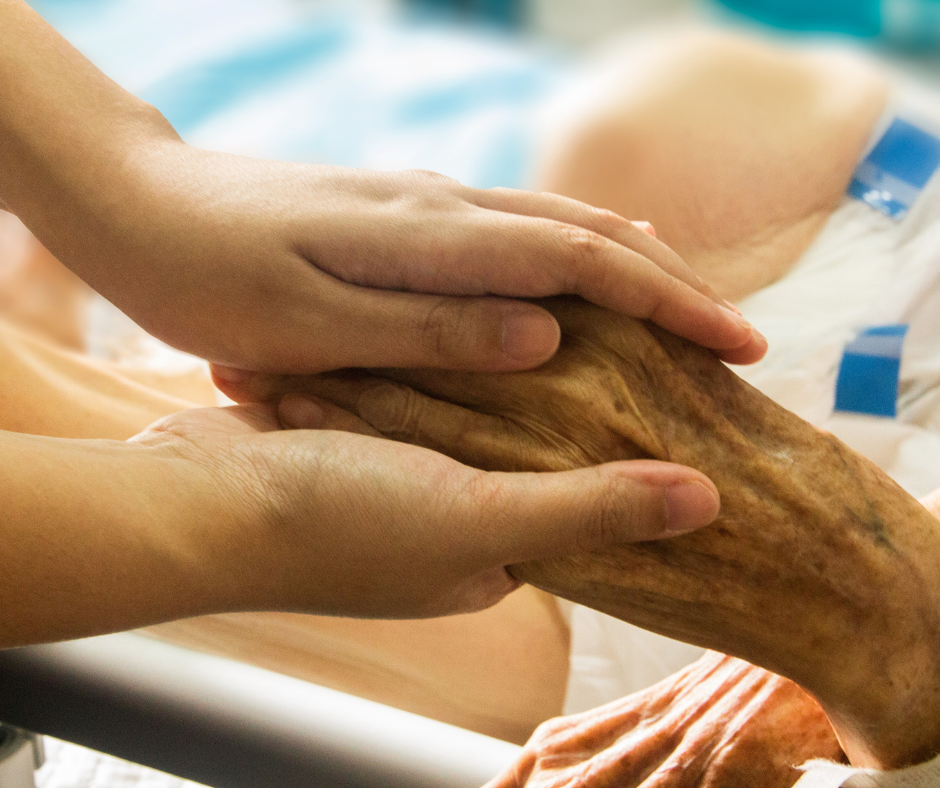Why I’m Moving Away from the Term “Grateful Patient”
Moira K. Connolly, MSN, JD
Published: 07/08/2025

If you’ve worked in healthcare fundraising, chances are you’ve heard the phrase “grateful patient.” It’s long been the standard term used to describe individuals who choose to give back after receiving care. But for me, that label has always felt uncomfortable—both professionally and personally.
A Caregiver’s Perspective on Gratitude
I started my career as a nurse, caring for critically ill newborns and their families during some of the most fragile and heartbreaking moments of their lives. And not once did I assume—or even hope—that those families were grateful. That was never the goal. On the clinical side of healthcare, our focus is on supporting patients, preserving dignity, and alleviating suffering. We are not there to be thanked. The idea of seeking gratitude—or building programs around it—feels fundamentally misaligned with that mission.
Later, when I transitioned into legal work focused on healthcare risk and patient safety, I saw another dimension of giving emerge. I worked with families who had experienced real harm—harm that, in many cases, could have been prevented. Some patients endured long hospital stays, misdiagnoses, or systemic failures that left lasting scars. And yet, many still chose to give—not because they were grateful, but because they were determined. They gave to drive change, to make meaning out of trauma, and to protect others from similar harm. That kind of giving comes from advocacy, not appreciation.
The Power—and Limits—of Gratitude
At the same time, I’ve also witnessed the tremendous beauty of genuine gratitude. There are patients and families who are deeply moved by their experience—by the compassion of a nurse, the skill of a surgeon, or the quiet kindness of a staff member who made them feel seen and safe. Their decision to give back is heartfelt, generous, and powerful. Gratitude, when it’s real, can be transformative. It can strengthen relationships and leave a lasting impact.
But lumping all of that—every story, every motivation—under the label of “grateful patient” oversimplifies something deeply personal. It imposes an emotional narrative that may not match the reality of someone’s experience. It also tends to erase the contributions of families, who are often the ones inspired to give. When we default to a single term, we risk minimizing the many complex, and sometimes painful, reasons people choose to support our institutions.
Reframing the Language of Philanthropy
That’s why I’ve moved away from the term. I now use “Patient & Family Giving” instead. It’s a more inclusive, thoughtful approach—one that honors the diversity of emotions and experiences that drive philanthropy in healthcare. This isn’t just about language. It’s about values. It’s about shifting from assumptions to empathy.
If we want to build authentic, lasting relationships with those who give, we need to meet them where they truly are—not where we imagine them to be. That starts with the words we choose. Let’s use language that respects the depth, the nuance, and the humanity behind every gift.